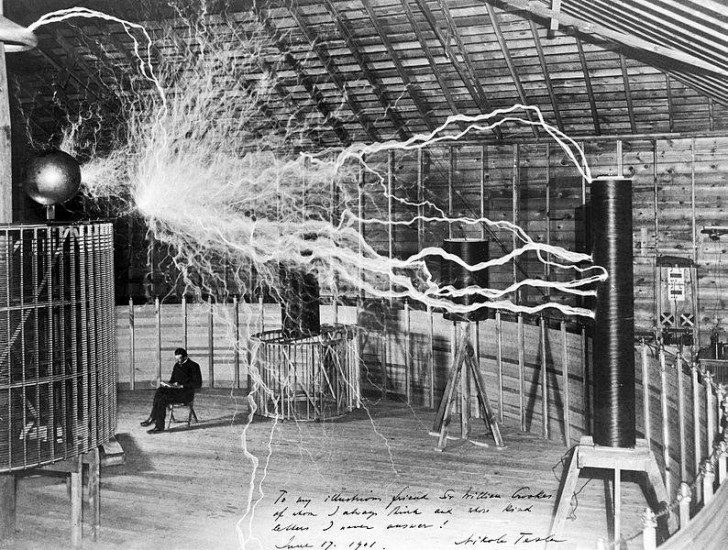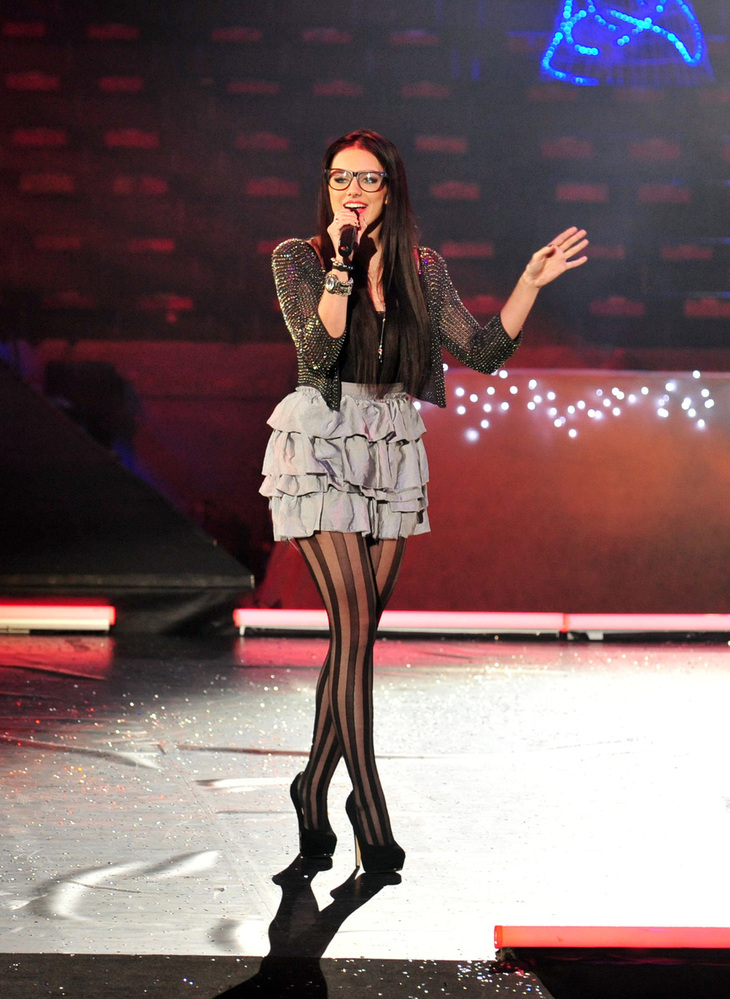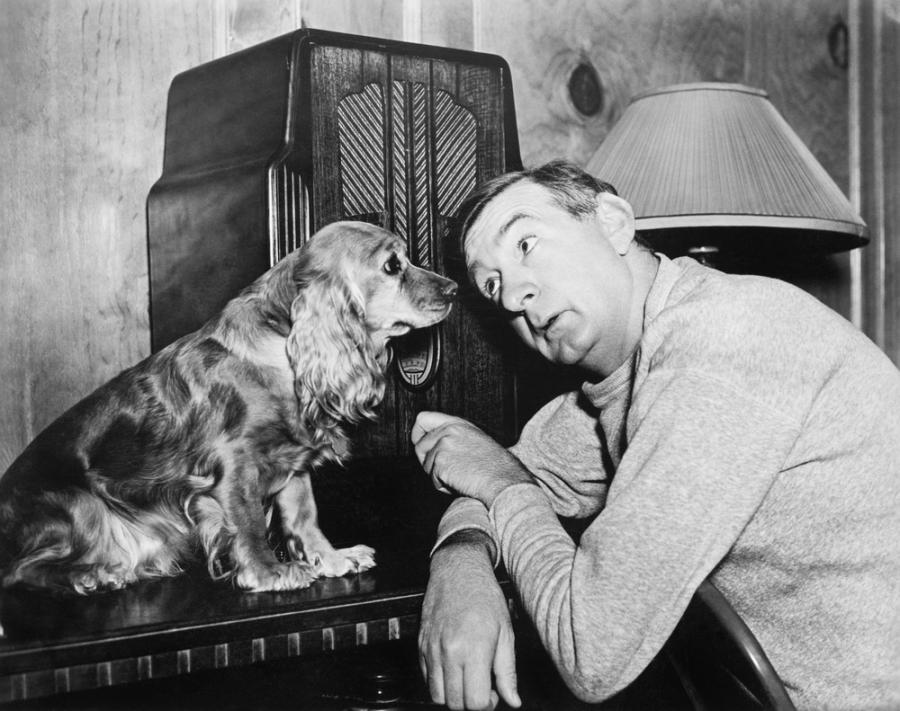FROM WHEN THEY WERE KNOWN IN POLAND… ?
Will we ever think, sipping coffee, that this drink was not always known in Poland? Do we remember, that time was once measured with sundials or a sand hourglass? The lineage of many everyday objects does not go back as far as the nineteenth century, let alone these, which are inventions of the last several dozen or several years. Before the atomic age changes our everyday life, let's ask ourselves, since they were known in Poland…?
1. Potato
2. Beer
3. Coffee
4. Tea
5. Clocks
6. Combs
7. Waterworks
8. Turkeys
9. It works
10. Kerosene lamp
Answers:
1. Potatoes came to Poland from Germany, as the name itself suggests, used next to Polish "potatoes". Sobieski appreciated them and sent potato seedlings to Wilanów from the imperial gardens in Vienna.. During August III, they were cultivated in royal economies, but they did not become widespread until the famine of the second decade of the 19th century.
2. Beer was a Polish drink from time immemorial. legend says, that Piast prepared a knot of beer for Ziemowit's haircut. Beer was drunk all day to the pillow. Pope Clement VIII, suffering from illness, recalled the beer from Warka with emotion, until the cardinals kneeling beside him added a new invocation to the litany: "Santa Piva, pray for him. "
3. Coffee, long known in Arabia and Turkey, did not find a gracious reception in Poland. The first Andrzej Morsztyn was disgusted at the "hideous drink”. During the relief in Vienna, the Pole Kulczycki took a large supply of coffee in the Turkish camp and opened the first coffee shop in Vienna. Under the Saxons, coffee spread also in Poland. At the end of the 18th century. more and more "kafenhauzes” was emerging.
4. Chinese tea, actually "herba the" - "herb the", was a novelty at the end of the 18th century, introduced in magnate houses. Old-time people were wary of her. An outstanding naturalist of this period, Krzysztof Kluk, he writes, that "if China sent all its poisons, they couldn't do that much for us, how much with your tea…”
5. The first clocks operated by a mechanism appeared in Europe at the beginning of the 14th century. We have had tower clocks in Poland since the 15th century (Gniezno 1414). They spread to Poland for good at the beginning of the 16th century. Zegar ratuszowy krakowski kosztował w 1680 R. 2900 PLN (price approx. 20 oxen). Jesuit Adam Kochański perfected the mechanism of the watch by using the so-called. Italian.
6. We know the decorated horn combs from excavations in the 9th and 10th centuries. They were an indispensable item for the toilet of the former inhabitants of our lands. Folding combs have been dug in Gdańsk, the way a razor is folded. The holder and the comb itself are made of a few delicate plates on horn rivets. The surface is covered with a subtle sculpture.
7. Waterworks were known in Silesia and Krakow from the end of the 14th century. W XV i XVI w. existed in numerous cities and towns. Water from the river was transported through wooden or clay pipes to the main reservoir in the square, from where pipes were transported to some workshops or houses. Krakow's "rurmusy."” they were destroyed by the Swedes during the invasion.
8. Turkeys, formerly known as Indian hens, were brought to Spain for the first time in 1524 R., shortly after the capture of Mexico. The Jesuits spread them in Europe. Anzelm Gostomski in the "Farm” (1588) recommends, among others. “Indian chickens should be planted under the Polish coconuts, and keep from the wetness of the youth”.
9. The Saracen cannons rang for the first time during the siege of Seville in the 13th century. In Poland, you can hear about the cannons during the reign of Casimir the Great, but very rarely. W XV w. mentions of them are more frequent. They were used in the fight against the Teutonic Knights at Grunwald and the siege of Malbork. Only in the 16th century. our bell-founders started casting cannons and mortars next to the bells.
10. The inventor of the kerosene lamp was Ignacy Łukasiewicz, a pharmacist by profession. He made a lamp in the shape of an olive oil, having a heavy plate tank 1 glass made of mica. Due to widespread fear of explosion and fire, it was not easy to persuade larger institutions to introduce kerosene lighting. They were the first to be used by the general hospital in Lviv 31 July 1853 R.










